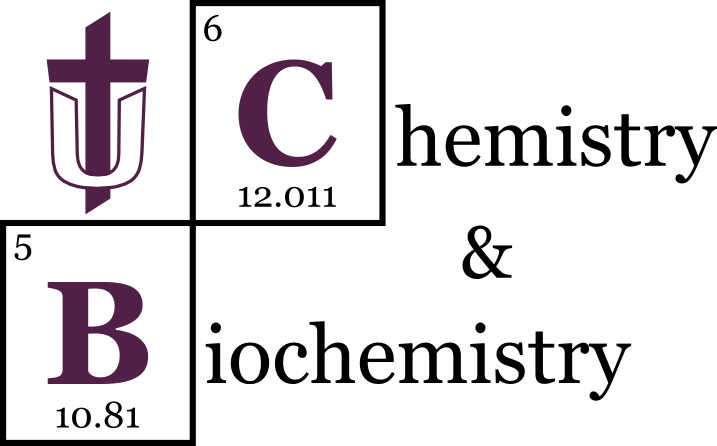Title
Open-Loop Geothermal Discharge Stream Design Affects the Precipitation of Calcium
Publication Title
Proceedings of the Indiana Academy of Science
Abstract
Open-loop geothermal outflows have the potential for altering the chemical composition of local freshwater bodies by infusing them with spent ground water from geothermal heating/cooling systems (geothermal systems). A recently installed geothermal system and outflow on the campus of Taylor University has been investigated as a model for understanding the importance of certain stream design features in the removal of hardness ions. It has been previously reported that aerating streambed features preferentially removed iron but had little impact on the removal of dissolved calcium. This study describes the evaluation of dissolved calcium concentrations along the entirety of the stream (540 m from the geothermal system discharge to a nearby lake) by analyzing stream samples using atomic absorption spectroscopy. A slight gradual decrease in calcium concentration was observed along the 19 sampling sites with the exception of a 30% decrease between sites 12 and 13. the location of a large settling basin. When a lake-fed pool/founlain, designed to supplement the stream How was turned on, only a 7% decrease in calcium concentration was observed. It was determined that while rapid moving water through rocky environments maximized the precipitation of iron; soil beds, slow moving water, and settling basins tended to maximize the precipitation of calcium. Additionally, a stream design that incorporates supplemental fresh water being added to the stream, often used for aesthetic reasons, caused a greater mobility of calcium ions and dramatically decreased its precipitation.
Publication Date
2017
Page Range
42-47
Document Type
Published Article
Recommended Citation
For this content, please create a citation using the original publication information.




